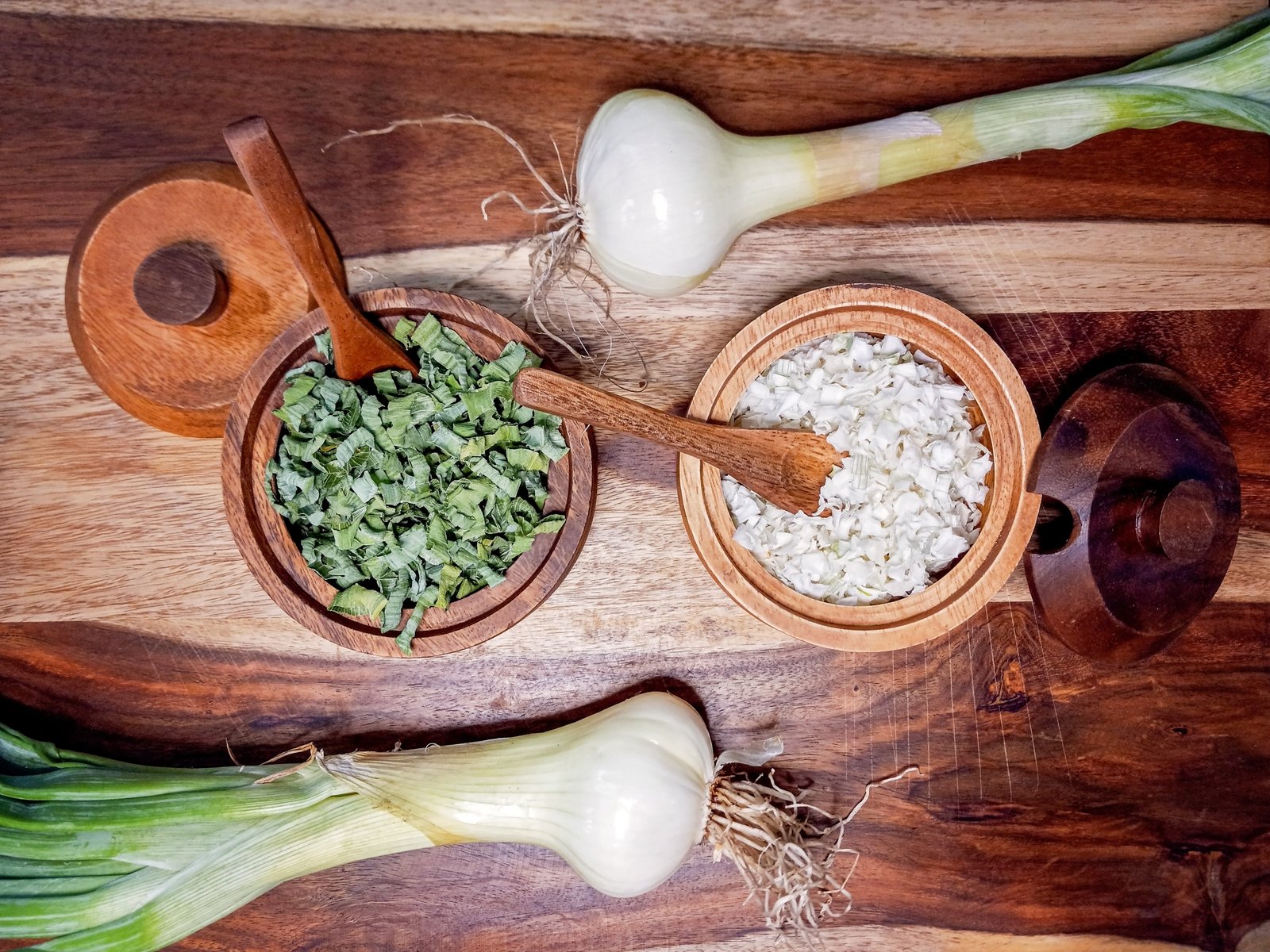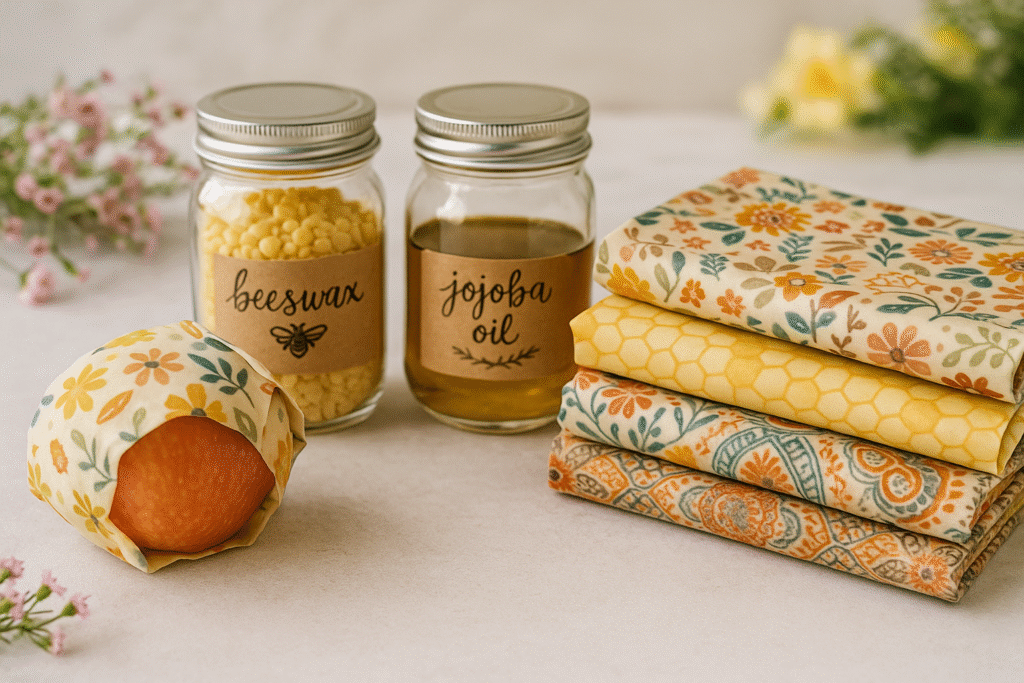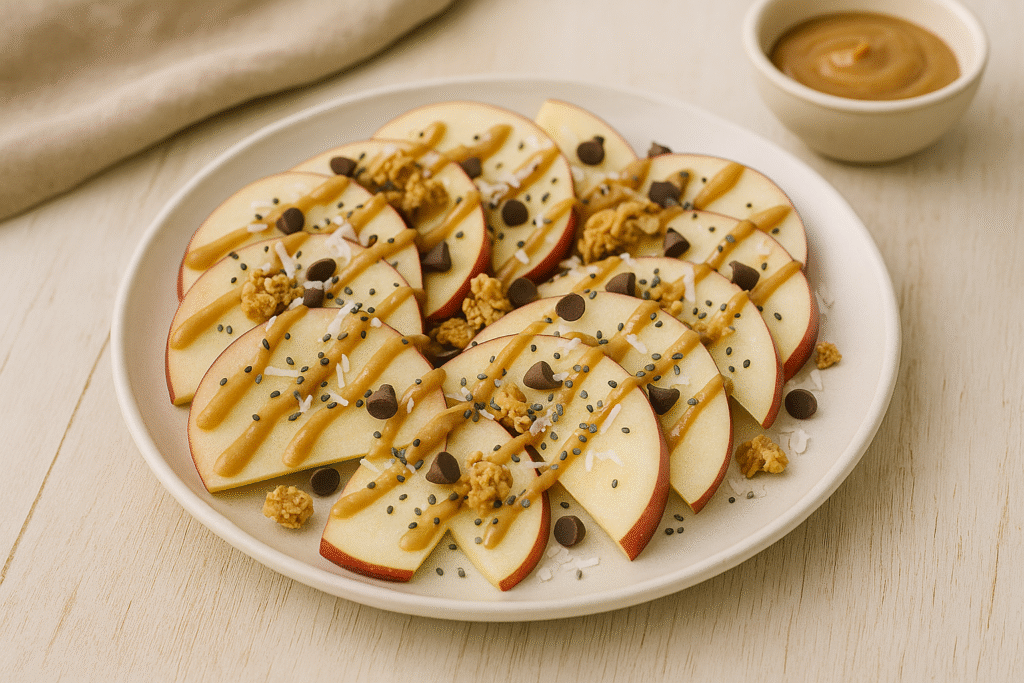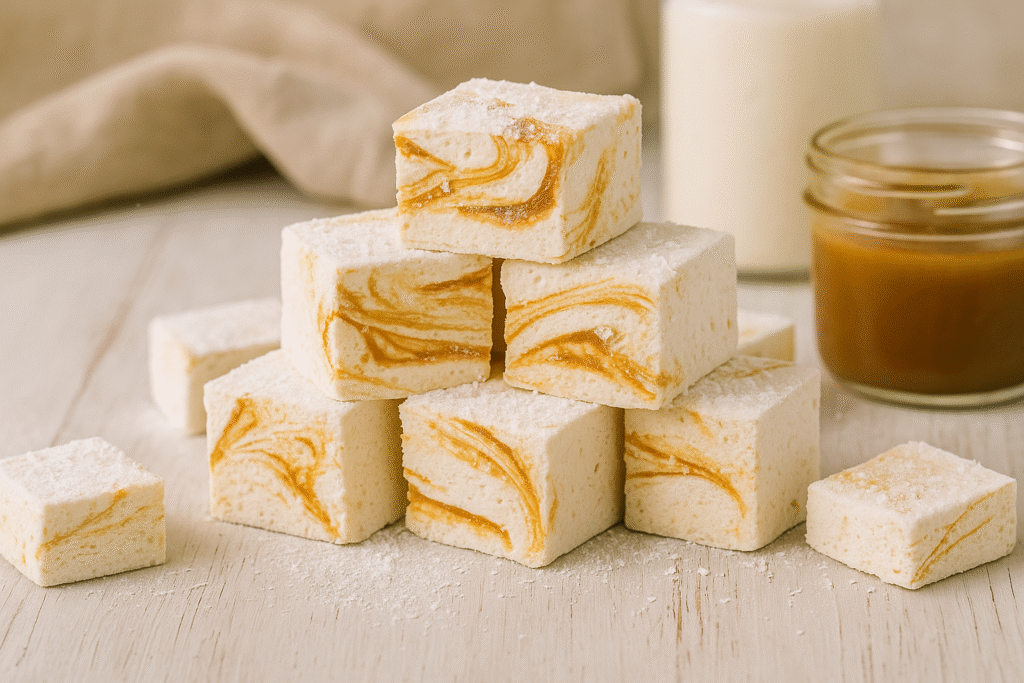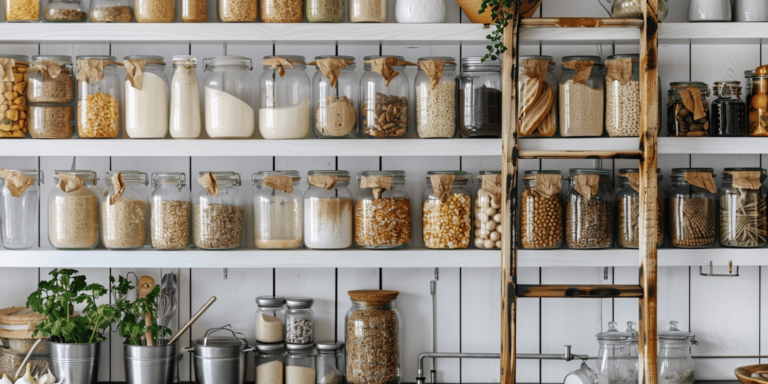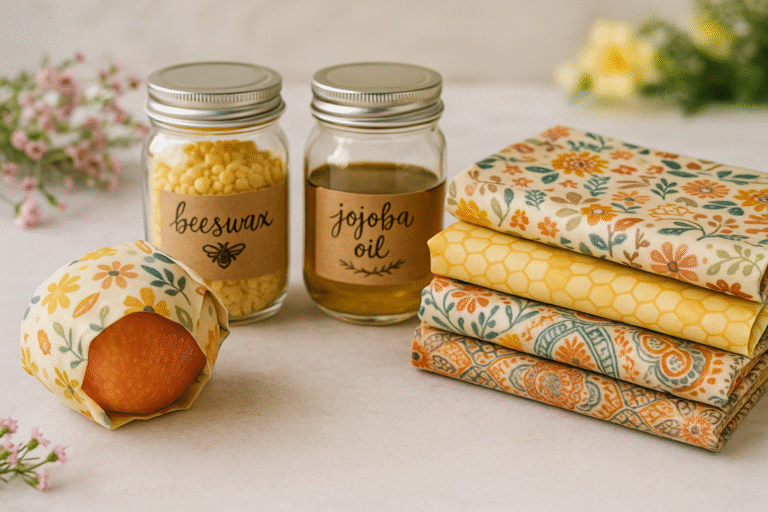Dehydrating Onions
Dehydrating onions is a great way to preserve your garden’s bountiful harvest. Not only will you have home-grown produce year round, but you can even make your own onion powder!
My garden produced an abundance of onions this year and I don’t live in an area where root cellars are really a thing. The ground in southern California rarely stays cool enough to store food, even when digging far down. Thankfully, preserving onions is easy with a dehydrator! This year, I’ve decided to freeze a few onions and use a handful fresh. Since dehydrating onions is super easy, that’s how I’ll be preserving the remaining onions.
One down side to using the dehydrator is that it’s already ridiculously hot outside. The thought of running the dehydrator when it’s 109° out and my garden kitchen is not air conditioned is not pleasant. However, I know on those chilly winter nights when I want some soup, I’ll be thankful I took the time to dehydrate my harvest.

How to Dehydrate Onions
Onions do require a bit of preparation before dehydrating them. If you’ve grown them yourself, you can easily dehydrate the green onions (the tops of your onions) at the same time as the main part of the onion. For this, you just need to cut off the top and slice the green onions. Spread those on the dehydrator trays just like the rest of the onion pieces.
Once you’ve cut off the top and bottom of the onions, they need to be peeled and diced. Peeling the onions just means that you remove the tough, outer layer of the onion, revealing the softer, sweet inside layers. Then, slice the onion thinly, using a sharp kitchen knife or a mandolin. Personally, I like to use the kitchen knife for this task because the layers of the onion start to fall apart with the mandolin.
Dicing Onions
This is where things get a little tricky. I can usually only make it through dicing half an onion before my eyes start burning. There are tons of tricks people have for making onion dicing less miserable, but I find that it’s best for me to just suffer through and get it done quickly. Otherwise, I’m just prolonging the misery.
This is where I use my trusty mandolin. The mandolin I use also has dicing capabilities, which is great when dicing onions or even pickle slices. My eyes still burn from the onions, but the dicer makes the process go so much quicker! I highly recommend it.
By now, you’ll have a heaping pile of perfectly diced onions, ready for the dehydrator.

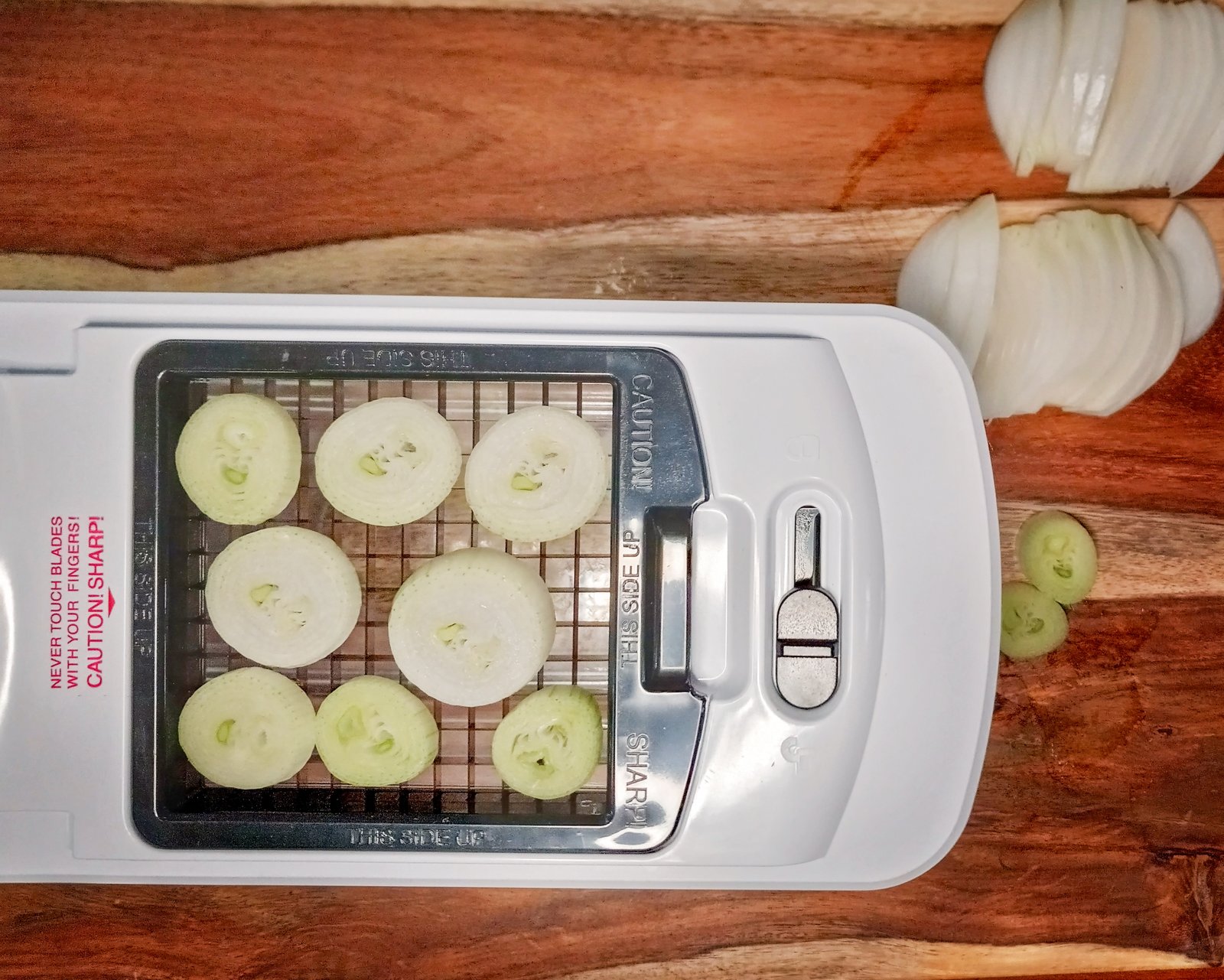
Dice the stem too!
I like to dice the stem of the onion as well. No need to waste any of what you grew!
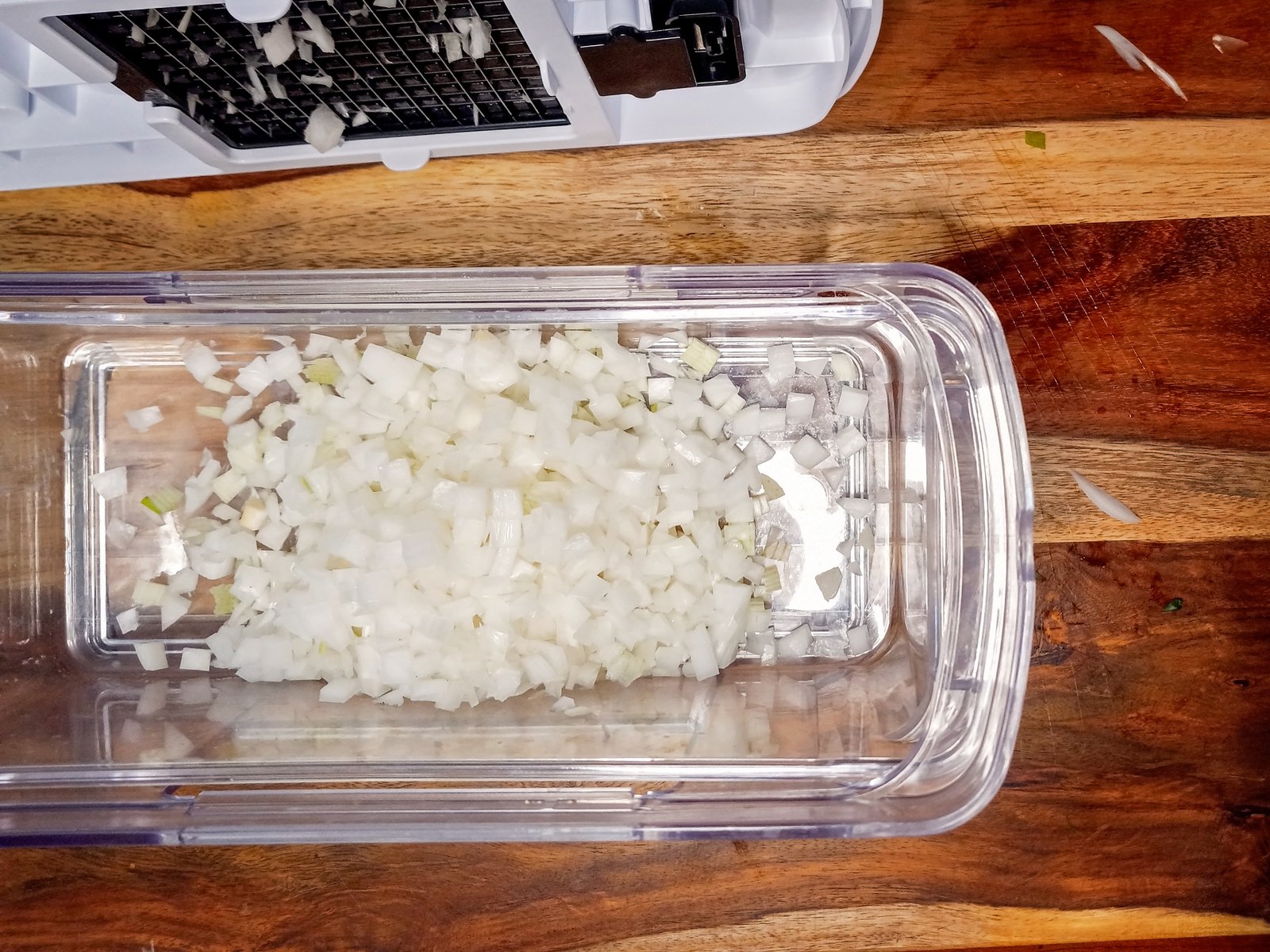
Viola!
Now, you have a fully diced onion without the tears. This is how much I got from one full onion.
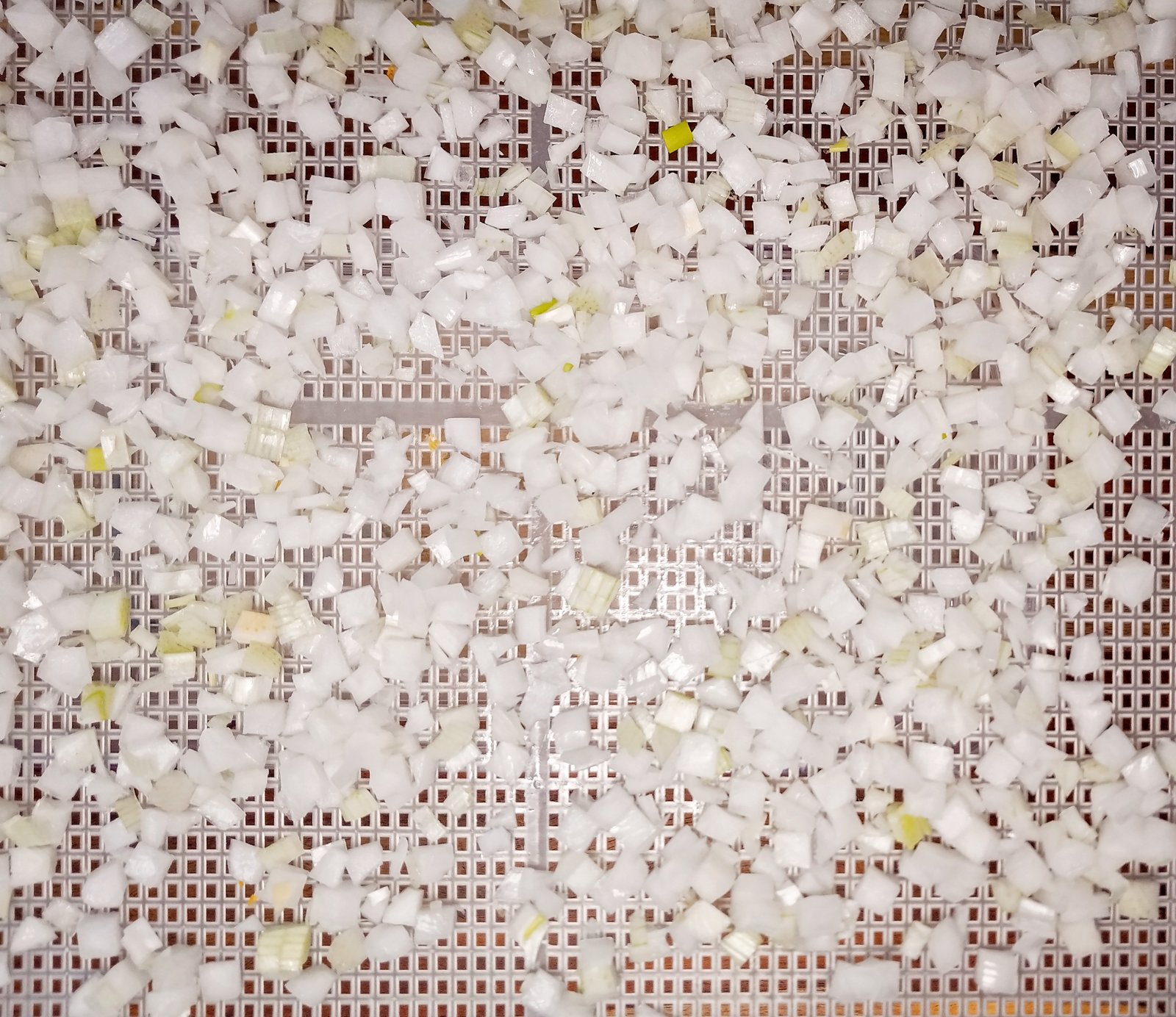
Dehydrator Trays
Once you have your onions diced, it’s time dehydrate them. For this, you simply need to spread the diced onions in a single layer on a dehydrator tray. I use the Magic Mill dehydrator and I love it so much that I bought another one! These things are true work horses.
I used one tray for the green onions and another for the rest of the onion. Each onion required one tray for each part, so two trays per onion.
Set your dehydrator to 140° F for 4-5 hours. The green onions will dry faster, so check on them after about 2 hours. Remove the green onions as they are done.
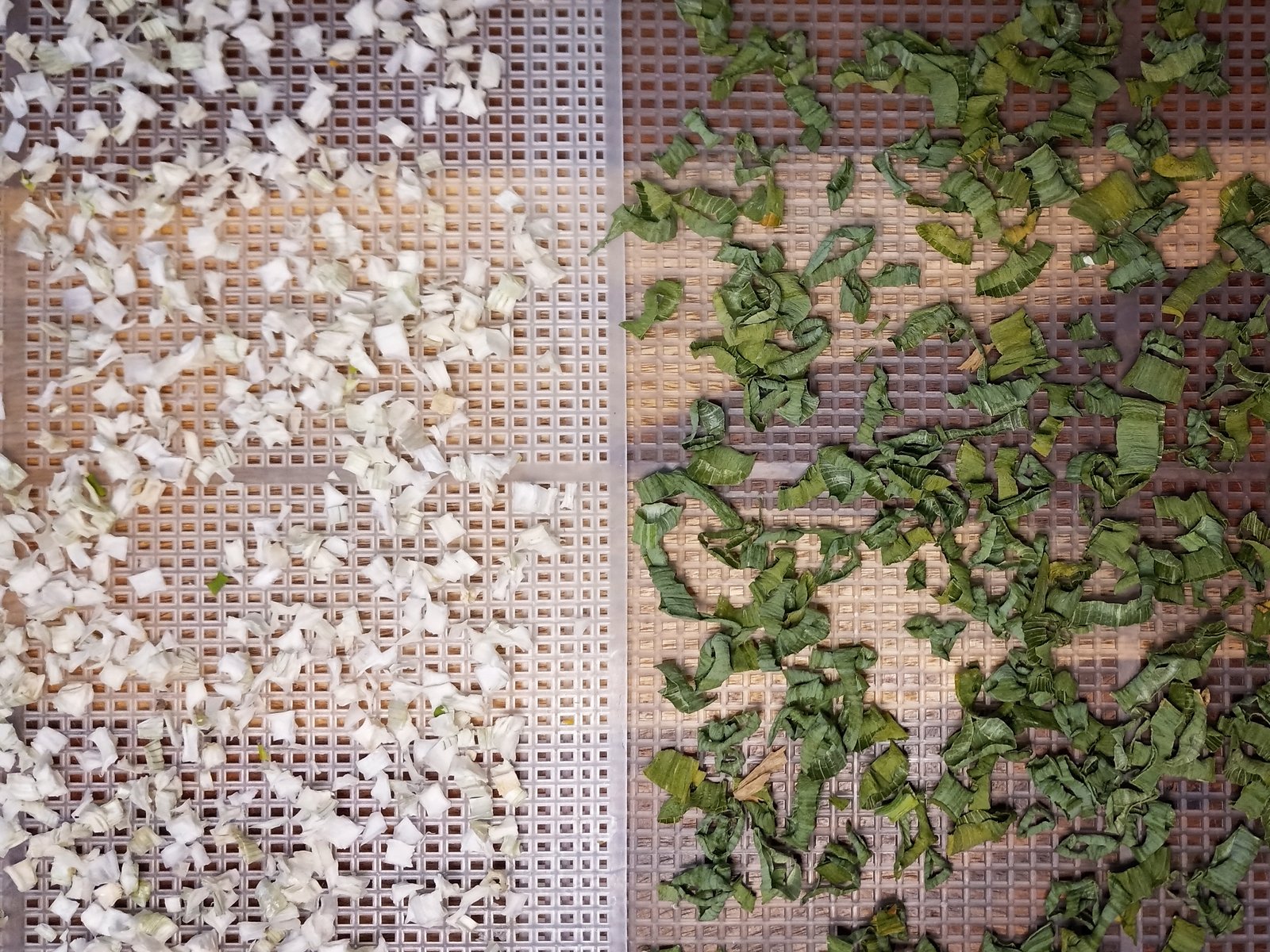
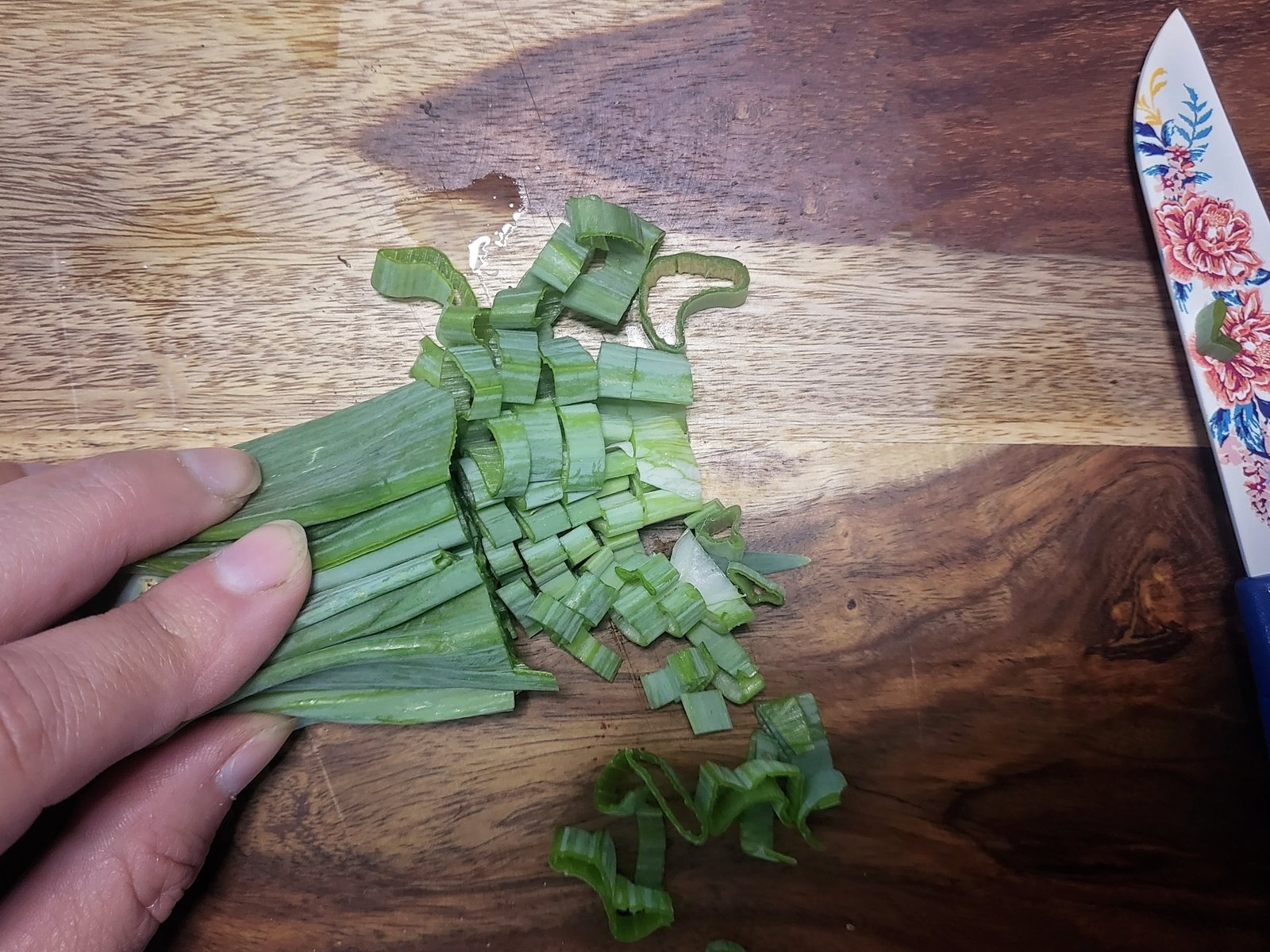
Dehydrated Onions
Now, you should have a wonderful batch of dehydrated onions! Use them in any recipe that calls for dehydrated or even fresh onions.
If you’re feeling extra adventurous, turn some of your dehydrated onions into onion powder.
Storing Your Dehydrated Onions
Dried onions should be stored in an airtight container (like a mason jar) at room temperature for up to 6 months. If you plan to store them for longer, I recommend vacuum sealing the jars.
I use a cordless mason jar vacuum sealer, but they also make attachments for larger vacuum sealers. There is also a manual mason jar vacuum sealer if power outages are an issue for you.
